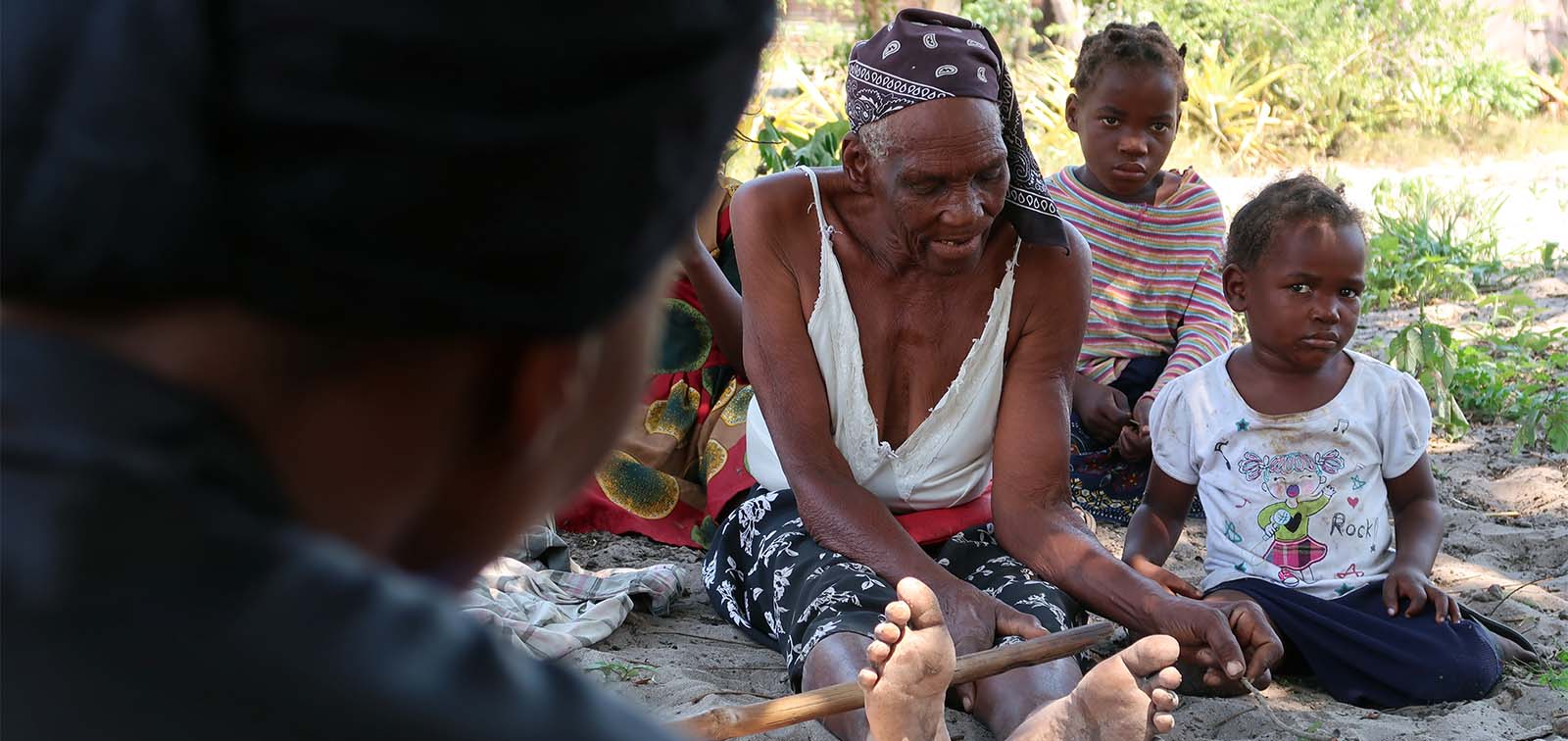The Limitations of Estimating the Cause of Death in Low-Income Countries
A new study led by ISGlobal highlights the need to improve the quality and performance of current verbal autopsy techniques
10.11.2020
A significant proportion of the world’s population live in areas where civil registration and vital statistics systems are either incomplete or simply do not exist. And yet this information is essential for monitoring the success of health programs and defining policy targets. In low and middle-income countries, the two main sources of information on causes of death are clinical records and verbal autopsies, which have significant problems of misdiagnosis and poor specificity. A new study led by the Barcelona Institute for Global Health (ISGlobal), an institution supported by “la Caixa” Foundation, compares for the first time one of the most commonly used verbal autopsy method against the complete diagnostic autopsy and finds a low agreement of the model, raising doubts about the reliability of current estimates of causes of death in low-income settings.
The verbal autopsy (VA) consists in interviewing relatives and witnesses of deaths by trained personnel. The recollected information is then interpreted by physicians and coded or fed into computerized methods to determine a cause of death. Adequate validation of the VA methods has not been done so far and, therefore it is difficult to judge the reliability of their results.
In this study, which is part of a larger validation study of a new autopsy method, the Minimally Invasive Autopsy (MIA), the authors have analysed for the first time the validity of one of the most commonly used VA methods, the InterVA (Interpreting Verbal Autopsy), against the complete diagnostic autopsy, the gold standard method for cause of death attribution, in a large series of autopsies carried out at a referral hospital in Maputo, Mozambique. “The study shows an overall poor agreement both at the individual and at the population level of the InterVA model against the gold standard”, emphasizes Llorenç Quintó, ISGlobal senior statistician who led the statistical analysis of the study.
“The “data revolution” of the post-2015 Development Agenda expects that high burden countries should have reliable information on the number and the causes of death in order to reduce main health problems through evidence-based decision-making, and targeted and monitored health programs. However, this goal cannot continue relying on imprecise measurement tools” alerts Clara Menéndez, director of the Maternal, Child and Reproductive Health Initiative at ISGlobal and first author of the study. “The main obstacle to achieving the Sustainable Development Goals is not the scarce availability of physicians to carry out death certificates or VA codification, nor the availability of automated methods to overcome some of the physician-coded VA limitations, but rather the imprecision of these methods to reliably establish causes of death”, highlights Clara Menéndez.
“The findings of this validation study regarding one of the most used verbal autopsy instruments should help to highlight the need to implement pathology-based autopsy methods where feasible, but more importantly, to improve the quality and performance of current verbal autopsy techniques and to develop more precise cause of death ascertainment tools” concludes Jaume Ordi, ISGlobal researcher, pathologist at the Hospital Clinic, and last author of the study.
Reference
Menéndez C, Quintó L, Castillo P et al. Limitations to current methods to estimate cause of death: a validation study of a verbal autopsy model. Gates Open Res 2020, 4:55. https://doi.org/10.12688/gatesopenres.13132.1.



